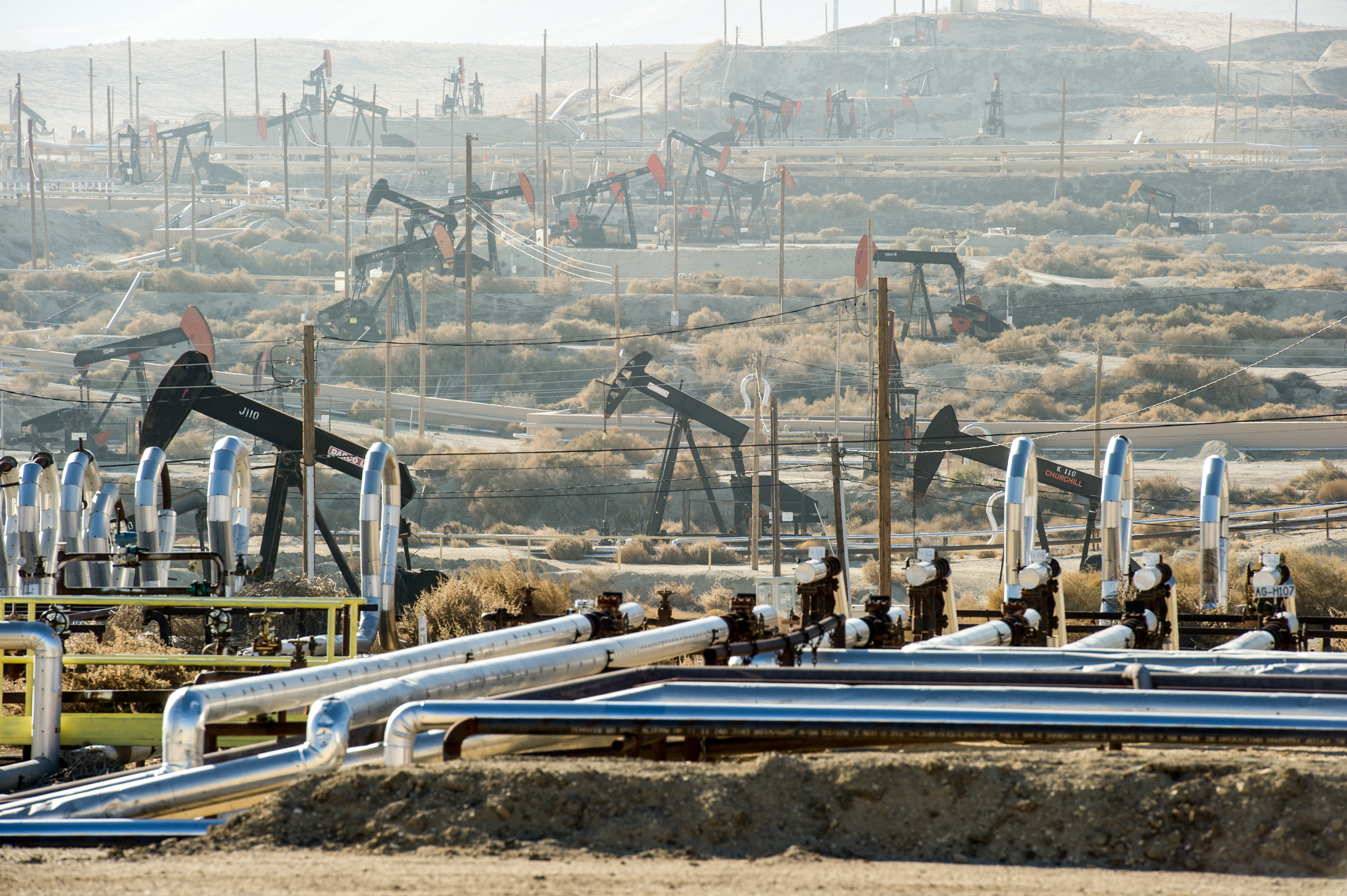Plastics and Climate Change
—
This blog post is accompanied by the first video lecture in the Unwrapping Plastics series, available here: Part 1: Plastics and Climate Change
—
When you think of plastics, what comes to mind? Is it an image? An action? A need? Plastics evoke a range of emotions; each person has a different relationship with and experience of plastic, be that pollution, production or consumption.
Science and technology scholar, environmental scientist, and activist Dr. Max Liboiron has identified plastic pollution as a uniquely “wicked” problem that has changed the way our global society relates to and understands pollution.1 Since their introduction on consumer markets in the 1950s, plastics have become the most ubiquitous global good. Today, we live in a world choking on plastic. It litters beaches, clogs waterways, and is rapidly accumulating in landfills. How did we get here?
To answer this, we must first consider what plastics are. Given that 99% of plastics are made from fossil fuels,2 plastic production almost always starts with the extraction of oil, coal, and natural gas. The shale boom in the U.S., which has facilitated the expansion of fracking, yields ethane, one of the fundamental building blocks of plastic. Because plastics are made from carbon products, plastic production is informed by the politics of resource management.
To produce plastic, ethane or naphtha is broken down through a high-pressure process known as cracking to create the olefins ethylene and propylene. These olefins are bonded together through polymerization to form the polymers polyethylene (#1, 2, and 4 plastic) and polypropylene (#5 plastic). Most of these polymers were developed in the 1930s and 1940s, and several were used during WWII prior to their introduction on consumer markets.3
A bale of #2 High-Density Polyethylene (HDPE) plastic at the MRWMD Materials Recovery Facility. Photo by author.
Many of the biggest and most powerful producers of fossil fuels, such as ExxonMobil, Shell, and Saudi Aramco, are involved in the production of plastics through their petrochemical branches. These are examples of vertical integration of the petrochemical industry and the fossil fuel industry.2 This is one reason why the plastics industry is politically powerful.
In part because of this vertical integration, plastic production is geographically clustered, often near low-income communities of color. The most well-known example of this is Cancer Alley, a region between Baton Rouge and New Orleans in Louisiana which has some of the highest cancer risk rates in the US.4 Plastic production is an issue of environmental justice.
The plastic industry’s consumption of oil – currently estimated at 15% of non-combusted oil5 – is expected to increase as production and consumption of plastic products rises. New facilities continue to be constructed, and investments for these facilities are rising in tandem. Over $200 billion has been set out for 333 petrochemical projects since 2010, with most of this investment taking place after 2012.6 As the global economy transitions away from fossil fuels, production and consumption of plastic products are only projected to increase. Unless drastic action is taken to reduce production of plastic, CO2 emissions from the petrochemical industry – projected to triple by 20507 – run a very real risk of outweighing hard-won advances in other sectors.
Oil pumpjacks in Kern County, California. Photo by Christopher Halloran.
Supply of and demand for plastics have risen such that plastic and other petrochemical products are no longer an afterthought or byproduct of oil and gas extraction; rather, they have become a primary goal of this process.5 It has also been stated that the supply of plastics drives demand, which makes plastics economically unique. Because so much plastic has been produced, ever-increasing levels of consumption have been normalized, and demand responds to supply.8
Plastic and climate change are closely intertwined; climate action plans should therefore address plastic production as one of the root drivers of the climate crisis.
—
The first video lecture in the Unwrapping Plastics series, Part 1: Plastics and Climate Change, expands upon the relationship between plastic production and climate change.
The second installment in the Unwrapping Plastics series, Plastics and Power, will be available on the MRWMD website soon. Click here to return to the homepage.
—
Please reach out to Andrew Jarvis at adjarvis@ucla.edu if you have any questions.
Next: Plastics and Power
Back: Unwrapping Plastics Series
—
Footnotes
1. Liboiron, M. (2016). Redefining Pollution: Plastics in the Wild. 189.
2. Center for International Environmental Law (CIEL). (2017). Fueling Plastics: Fossils, Plastics, and Petrochemical Feedstocks. 5 pages. https://www.ciel.org/wp-content/uploads/2017/09/Fueling-Plastics-Fossils-Plastics-Petrochemical-Feedstocks.pdf
3. Freinkel, S. (2011). A Brief History of Plastic’s Conquest of the World. Scientific American. https://www.scientificamerican.com/article/a-brief-history-of-plastic-world-conquest/
4. Lartey, J. and Laughland, O. (2019). Almost every household has someone that has died of cancer. The Guardian. https://www.theguardian.com/us-news/ng-interactive/2019/may/06/cancertown-louisana-reserve-special-report
5. Vaughan, A. (2018). Plastic bag bans worldwide will dent oil demand growth, says BP. The Guardian. https://theguardian.com/business/2018/feb/20/plastic-bans-worldwide-will-dent-oil-demand-growth-says-bp
6. Doyle, H. (2017). U.S. prepared for more than a second wave of chemical investment. Petrochemical Update by Reuters Events. https://analysis.petchem-update.com/engineering-and-construction/us-prepared-more-second-wave-chemical-investment-acc
7. McKay, D. (2019). Fossil fuel industry sees the future in hard-to-recycle plastics. The Conversation. http://theconversation.com/fossil-fuel-industry-sees-the-future-in-hard-to-recycle-plastic-123631
8. Center for International Environmental Law. (2017). Fueling Plastics: How Fracked Gas, Cheap Oil, and Unburnable Coal are Driving the Plastics Boom. https://www.ciel.org/wp-content/uploads/2017/09/Fueling-Plastics-How-Fracked-Gas-Cheap-Oil-and-Unburnable-Coal-are-Driving-the-Plastics-Boom.pdf




